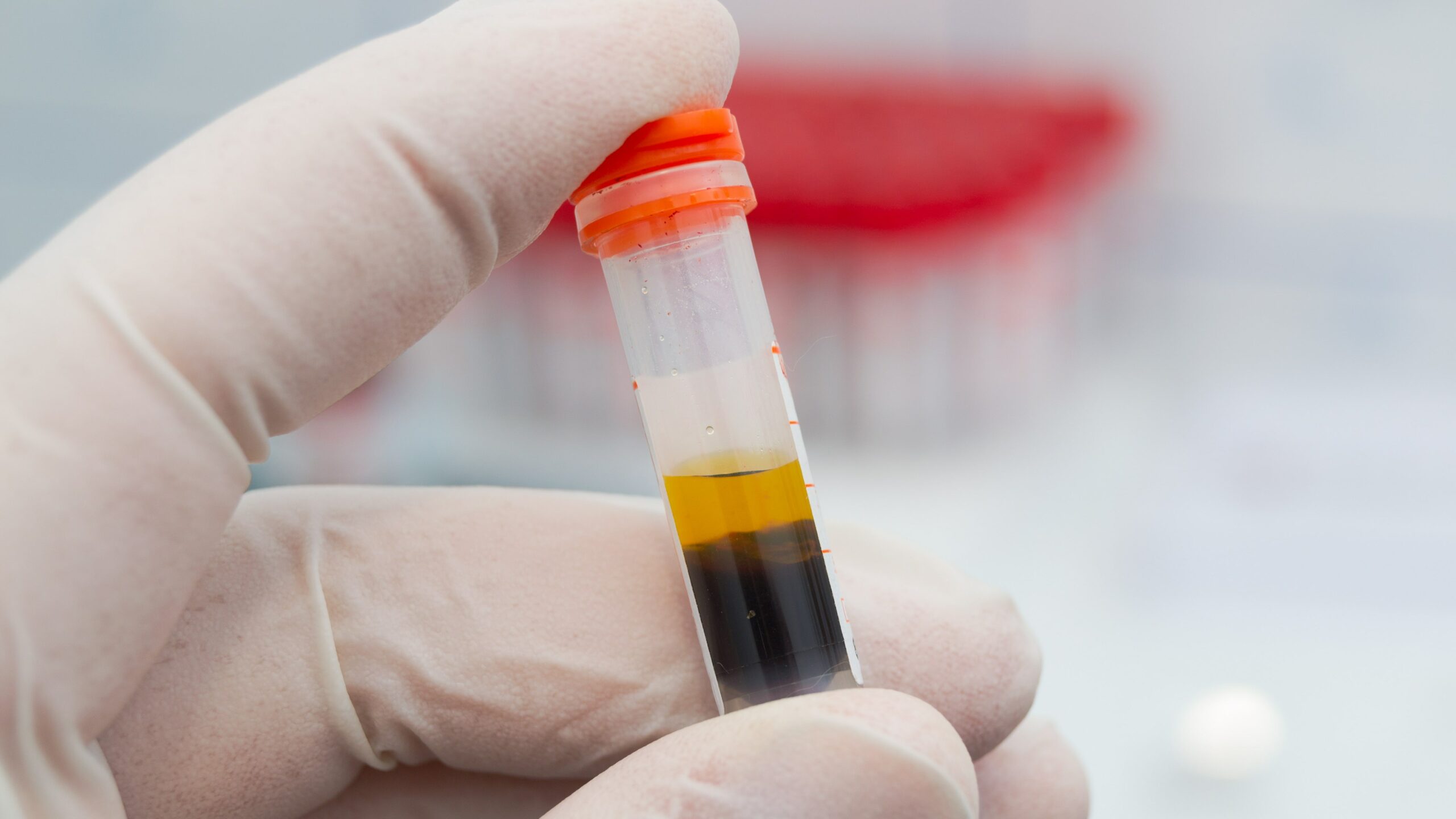
Worldwide, the most common primary glomerulonephritis is immunoglobulin A nephropathy (IgAN). Researchers recently conducted a study to examine the association between circulating inflammatory proteins and disease progression in IgAN. They also sought to compare the circulating levels of proteins with other autoimmune nephritis.
Hiroki Kobayashi, MD, PhD, and Masanori Abe, MD, PhD, of Nihon University School of Medicine, Tokyo, Japan, presented results of the study during a poster session at ASN Kidney Week 2024. The poster was titled Investigating Circulating Inflammatory Proteins in IgA Nephropathy: Implications for Disease Progression.
The study cohort included 143 patients in Japan with biopsy-proven IgAN as well as patients with membranous nephritis (MN, n=24), patients with minimal change in disease (MCD, n=23), and patients with lupus nephritis (n=23) who were treated at the university hospital between 2009 and 2018. Healthy individuals served as controls.
Ten inflammatory proteins that had been previously identified as important biomarkers for progression to end-stage kidney disease (ESKD) in patients with diabetic kidney disease (TNF-RT1 [tumor necrosis factor receptor], TNF-R2, LTBR [lymphotoxin beta receptor], TNF-R4, TNF-R6B, CD27, TNF-R10A, RELT [receptor expressed in lymphoid tissues], EDA2R [ectodysplasin A2 receptor], and IL-1RT1 [interleukin 1 receptor type 1]) were analyzed. Estimated glomerular filtration rate (eGFR) and proteinuria levels were used to assess kidney function, with histological evaluation based on the MEST score.
Compared to healthy controls, patients in all groups had statistically significant increases in TNF-R1 and TNF-R2. With advancing stages in the IgAN group, the levels of LTBR, TNF-R4, TNF-R6B, TNF-R10A, RELT, and EDA2R increased. There was no increase at the normoalbumiuric stage. Levels also rose in the MN and lupus groups, but not in the MCD group. There was significant elevation of CD27 noted as early as the normoalbuminuric stage, compared to healthy controls.
In results of multivariate analysis, CD27 was identified as an independent predictor of tubular atrophy/interstitial fibrosis in IgAN. In addition, Cox regression analysis revealed significant associations between TNF-R1, TNF-R2, LTBR, CD27, and EDA2R and the risk of progression to the composite outcome (chronic kidney disease stage 3, 30% decline in eGFR, and ESKD). The findings emphasized the potential of those proteins as biomarkers for progression of IgAN.
“Elevated levels of specific TNFR family proteins and CD27 are strongly associated with IgAN progression, underscoring their utility in predicting kidney function decline,” the researchers said. “Future studies should focus on these biomarkers for early intervention strategies.”
Source: Kobayashi H, Abe M. Investigating circulating inflammatory proteins in IgA nephropathy: implications for disease progression. FR-PO874. Abstract of a poster presented at the American Society of Nephrology Kidney Week 2024; October 25, 2024; San Diego, California.







 © 2025 Mashup Media, LLC, a Formedics Property. All Rights Reserved.
© 2025 Mashup Media, LLC, a Formedics Property. All Rights Reserved.